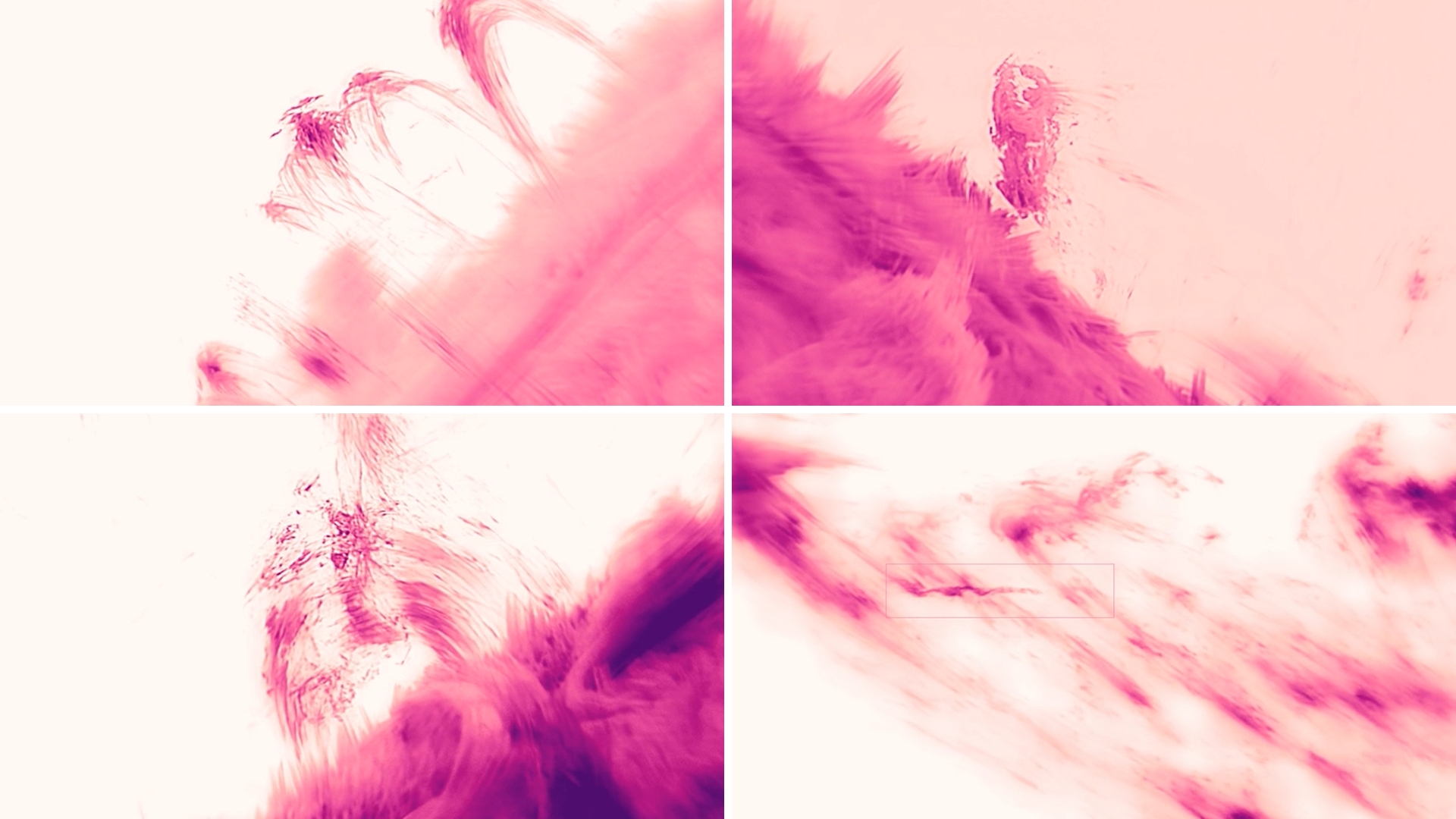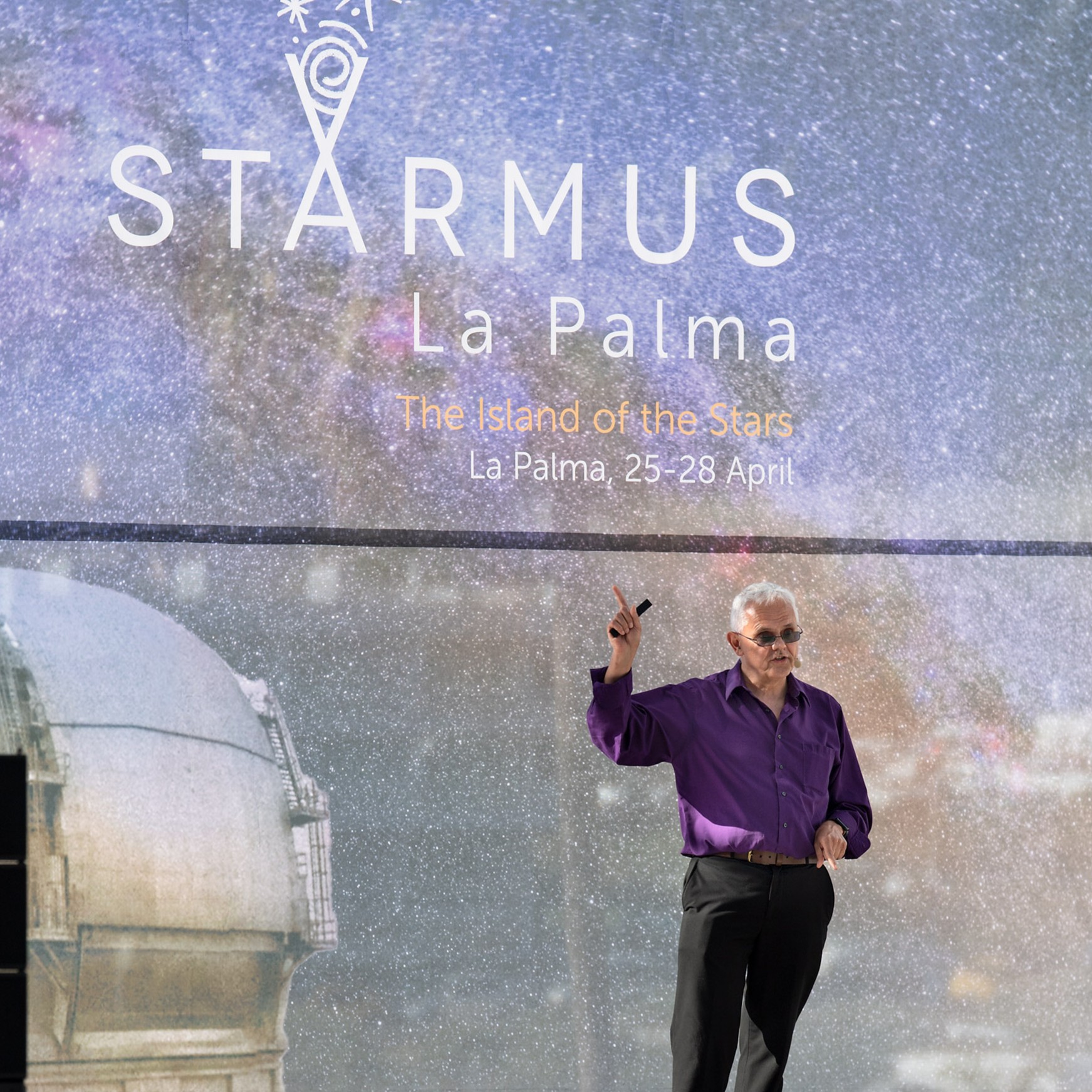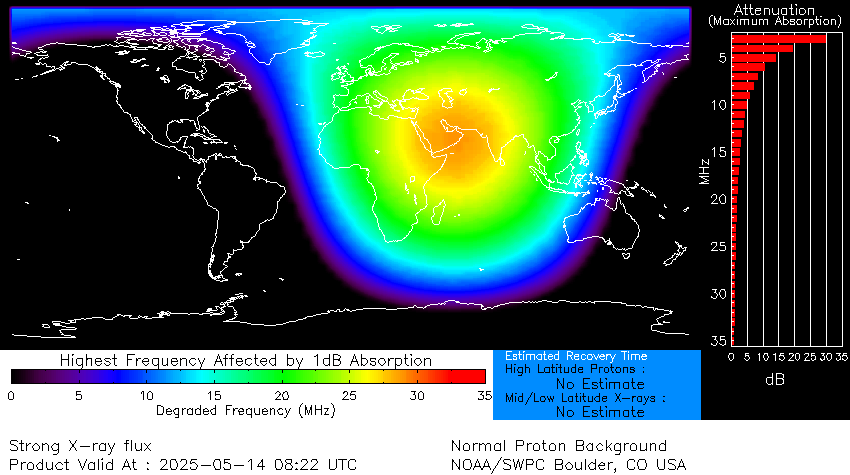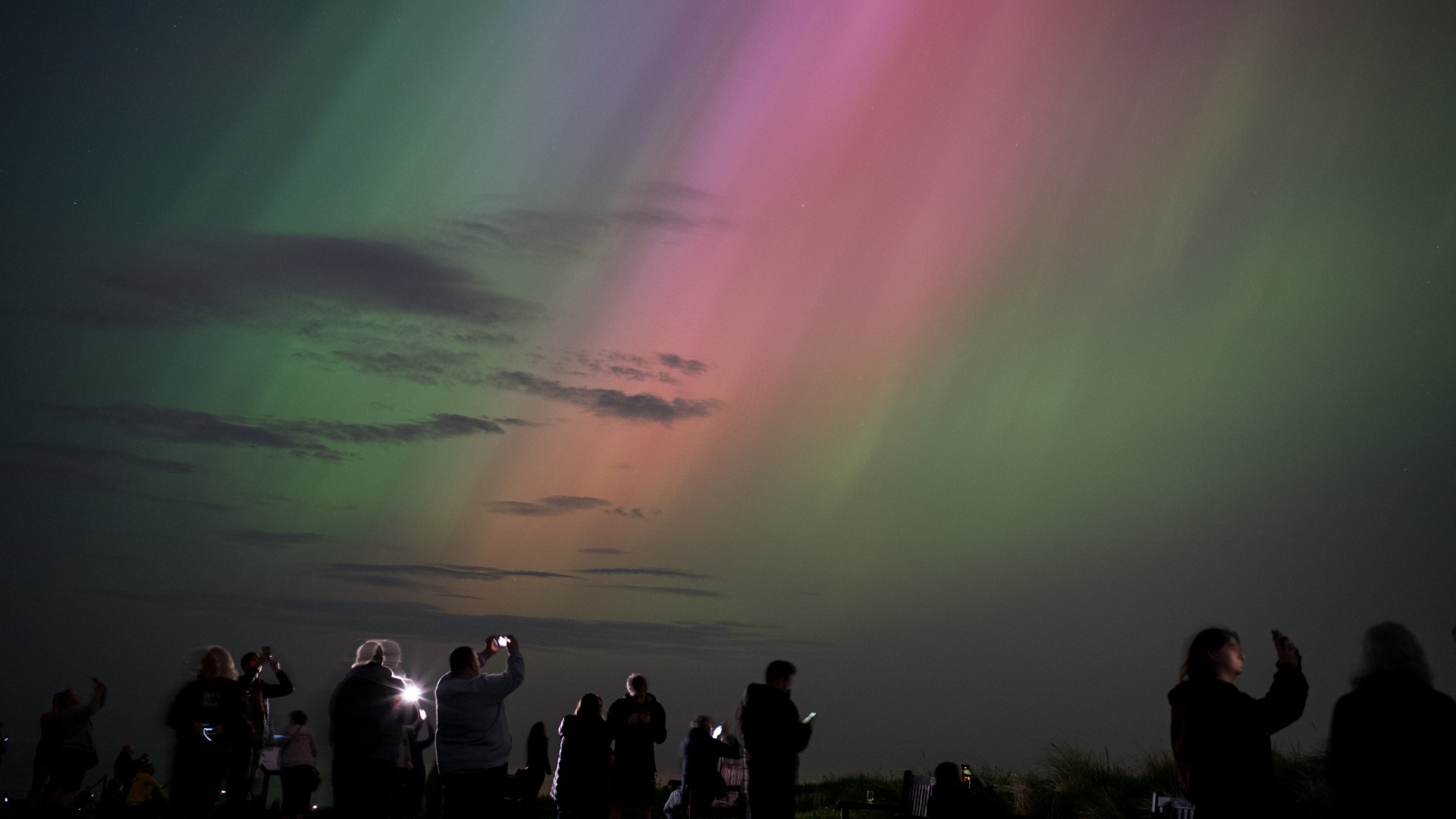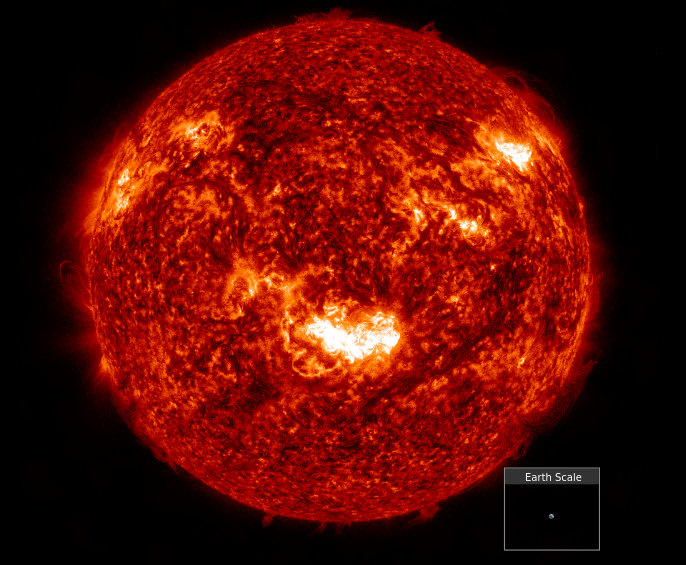The sun’s outer atmosphere — the corona — has long intrigued scientists due to its extreme temperatures, violent eruptions and towering prominences — vast filaments of plasma extending out from the solar surface. Visible only during a total solar eclipse and blurred by Earth’s turbulent atmosphere, the corona has remained frustratingly elusive. Until now. Thanks to a breakthrough adaptive optics system called Cona, installed at the 1.6-meter Goode Solar Telescope (GST), operated by NJIT’s Center for Solar-Terrestrial Research (CSTR) at Big Bear Solar Observatory (BBSO) in California, scientists now have…
Read MoreTag: The Sun
New 8K-resolution photos of the sun show off incredible details of raging sunspots
Incredible new images of the sun’s surface provide an unprecedented view of raging sunspots and solar activity. A new high-resolution camera system developed by the Leibniz Institute for Astrophysics Potsdam (AIP) for the Vacuum Tower Telescope (VTT), located at the Observatorio del Teide in Tenerife, reconstructed views of the sun with an 8K image resolution for the first time, according to a statement from AIP. Solar observations often face a trade-off between field of view and resolution. Large solar telescopes provide high-resolution images but cover limited areas, while smaller instruments…
Read More‘We don’t know how bad it could get’: Are we ready for the worst space weather?
Imagine being told a storm is heading your way, but you won’t know how bad the winds are or whether they’ll knock out power until just minutes before it hits. That’s the challenge scientists face when it comes to predicting solar storms. We’ve come a long way in understanding space weather. We can spot solar storm eruptions, track their speed, and estimate when they’ll arrive at Earth, sometimes with up to a day’s warning. However, one critical piece of information remains frustratingly out of reach until the last moment: the…
Read MoreStrongest solar flare of 2025 erupts from sun, sparking radio blackouts across Europe, Asia and the Middle East
The sun roared to life early Tuesday (May 14), unleashing a powerful X-class solar flare from a newly emerging sunspot region AR4087. The eruption peaked at 4:25 a.m. EDT (0825 GMT), triggering strong R3-level radio blackouts across Europe, Asia and the Middle East — the sunlit side of Earth at the time — as sunspot region 2087 crackles with activity. Solar flares of this magnitude are uncommon, according to the NOAA Space Weather Prediction Center (SWPC). Solar flares are ranked by strength in five classes: A, B, C, M and…
Read MoreIt’s been one year since the most intense solar storm in decades created worldwide auroras. What have we learned?
I’ll never forget the night of May 10, 2024. I remember having dinner with a friend and talking about the potential of seeing the northern lights in Northeast Ohio, a conversation that I had never had before or even thought was possible. It sounded unlikely, but earlier that week, the possibility was brought to my attention when I wrote one of my first-ever stories highlighting space weather triggered by the sun. As a meteorologist, space weather wasn’t something I talked about often, but the more I was learning that week,…
Read MoreWhat NASA Is Learning from the Biggest Geomagnetic Storm in 20 Years
6 min read What NASA Is Learning from the Biggest Geomagnetic Storm in 20 Years One year on, NASA scientists are still making huge discoveries about the largest geomagnetic storm to hit Earth in two decades, the Gannon storm. The findings are helping us better understand and prepare for the ways in which the Sun’s activity can affect us. On May 10, 2024, the first G5 or “severe” geomagnetic storm in over two decades hit Earth. The event did not cause any catastrophic damages, but it did produce surprising effects…
Read MoreNASA’s IMAP Arrives at NASA Marshall For Testing in XRCF
3 Min Read NASA’s IMAP Arrives at NASA Marshall For Testing in XRCF On March 18, NASA’s IMAP (Interstellar Mapping and Acceleration Probe) arrived at NASA’s Marshall Space Flight Center in Huntsville, Alabama, for thermal vacuum testing at the X-ray and Cryogenic Facility, which simulates the harsh conditions of space. The IMAP mission is a modern-day celestial cartographer that will map the solar system by studying the heliosphere, a giant bubble created by the Sun’s solar wind that surrounds our solar system and protects it from harmful interstellar radiation. To view…
Read MoreNASA’s daredevil solar spacecraft survives 2nd close flyby of our sun
NASA’s Parker Solar Probe has successfully completed its second close flyby of the sun, the space agency announced earlier this week. The car-sized spacecraft swooped within 8 million miles (6.1 million kilometers) of the sun‘s surface at a whopping 430,000 miles per hour (692,000 kilometers per hour), matching the historic record it set during its encounter on Christmas Eve last year. During this approach, which occurred on Saturday (March 22), the Parker Solar Probe once again operated autonomously, with its four science instruments programmed to collect science data about solar…
Read MoreHow Can I See the Northern Lights? We Asked a NASA Expert: Episode 54
2 min read Preparations for Next Moonwalk Simulations Underway (and Underwater) How can I see the northern lights? To see the northern lights, you need to be in the right place at the right time. Auroras are the result of charged particles and magnetism from the Sun called space weather dancing with the Earth’s magnetic field. And they happen far above the clouds. So you need clear skies, good space weather at your latitude and the higher, more polar you can be, the better. You need a lot of patience…
Read MoreNASA’s EZIE Launches on Mission to Study Earth’s Electrojets
A SpaceX Falcon 9 rocket lifts off from Vandenberg Space Force Base, carrying NASA’s EZIE spacecraft into orbit. SpaceX Under the nighttime California sky, NASA’s EZIE (Electrojet Zeeman Imaging Explorer) mission launched aboard a SpaceX Falcon 9 rocket at 11:43 p.m. PDT on March 14. Taking off from Vandenberg Space Force Base near Santa Barbara, the EZIE mission’s trio of small satellites will fly in a pearls-on-a-string configuration approximately 260 to 370 miles above Earth’s surface to map the auroral electrojets, powerful electric currents that flow through our upper atmosphere in the polar…
Read More